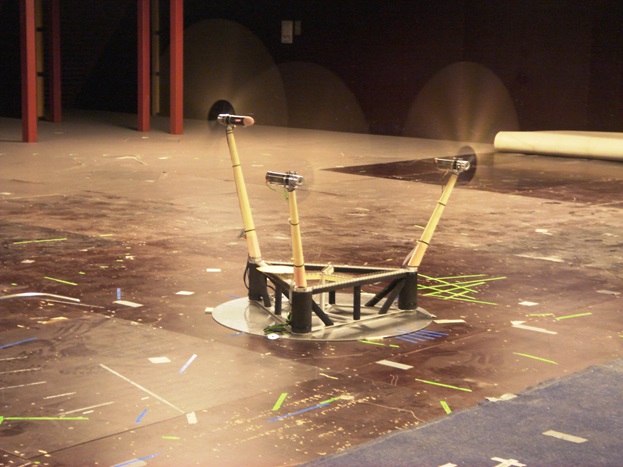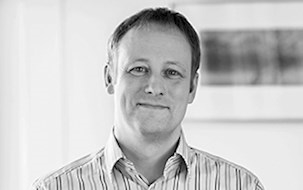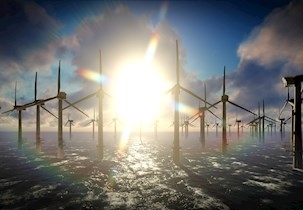Windsea - an offshore wind concept designed for the future
Bold ideas in times of change lead to an innovative concept in the offshore wind sector.
Back in 2008, the Norwegian Government sent strong signals to the industry: Offshore wind energy is the future. They aim was to support the development of 3-5 large wind farms over the course of 10-15 years. By 2025, Norway should provide 40TWH renewable energy - half of that coming from offshore wind, in addition to 60TWH of renewable energy for export to Europe.
A revolutionary concept for offshore wind
Together with Statkraft and NLI, FORCE Technology Norway founded WindSea AS. The WindSea concept was different. Instead of placing just one turbine on one foundation - we went for three!
Three turbines on one platform meant that you could significantly increase the output of each offshore wind turbine platform. The unit was designed with a unique scalability taking in to account the assumed increase in turbine capacity. The original design had a total capacity of 9,6 megawatts, 300% more than any other windmill design at the time. The units were made ready at the dock, requiring only an 8-meter water depth at dock, allowing for plug and play once placed on-site.
The turbine platform could be towed out without using special vessels and, because they didn't go very deep (only 22 m when installed at location), they filled the gap between fixed installations and floating installations that needed at least 100 m depths. This also made maintenance/repair a lot easier, since the units where easy accessed by boat or helicopter and could easily be towed back for more heavy maintenance, without depending on good weather. The size of the foundation also gave it more stability, allowing the units to produce well under rough conditions.
Overcoming the sceptics
Not everyone thought that it would work, placing three offshore wind turbines on one platform. Some believed the rear turbine would be subjected to severe turbulence / wake effects from the two turbines at front. However, this was mitigated by the design with angled towers, two turbines in front and one rear and the whole platform rotating around a turret in the center of the triangle platform. I.e. the turbines would only see head wind at all time, without the need for a yaw system installed.
Extensive wind and water testing at our facilities in Denmark showed that turbulence and wake effects were not a problem. Any effect was clearly outweighed by the benefits posed from this system.
Article continues below images.



What happened with the Windsea concept?
Two things happened. First and foremost, the financial crisis in 2009/2010 completely “blew the wind out of our sails”. Secondly, Statkraft decided to cooperate with Equinor (Statoil at the time) in the offshore wind segment, including the Hywind project. As a consequence, Statkraft withdraw from the WindSea project.
Today, the WindSea design is owned by NLI, but the competence and experience is still with us. And this competence has been used in many other offshore projects, with both design, cathodic protection and monitoring solutions.


